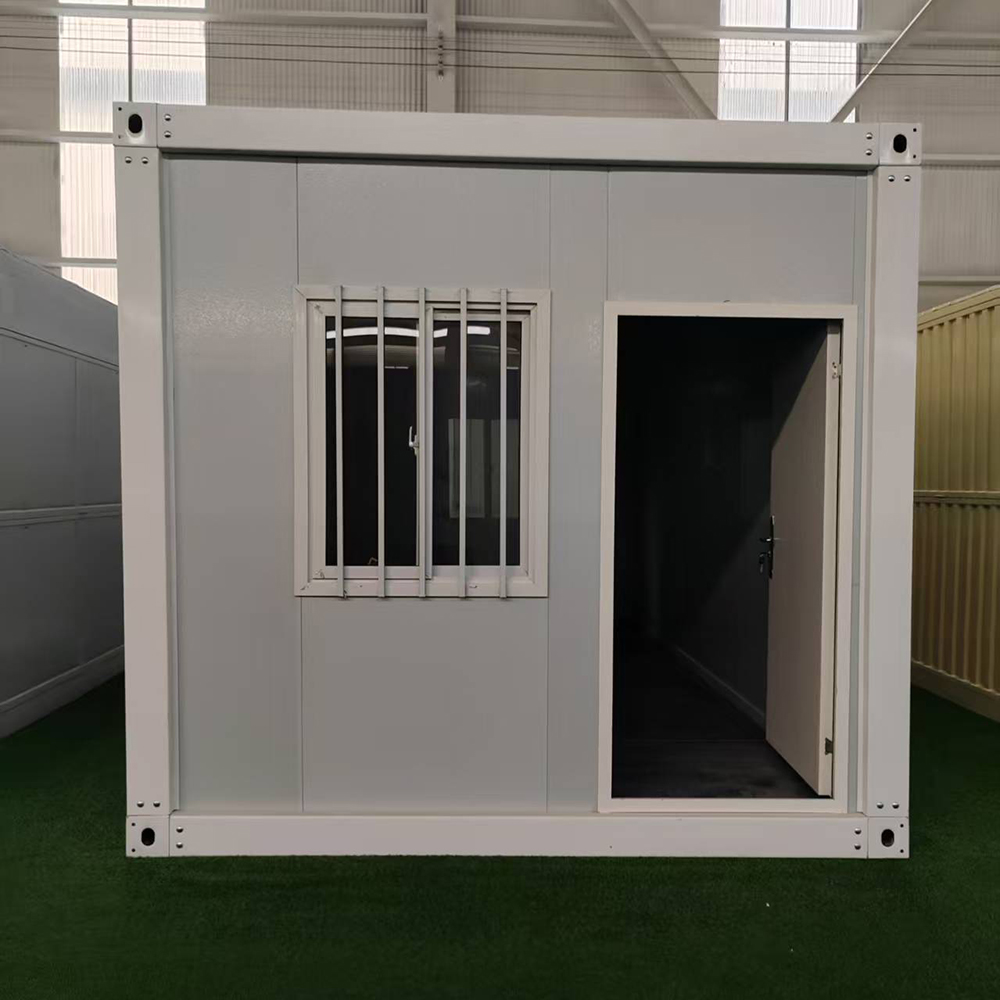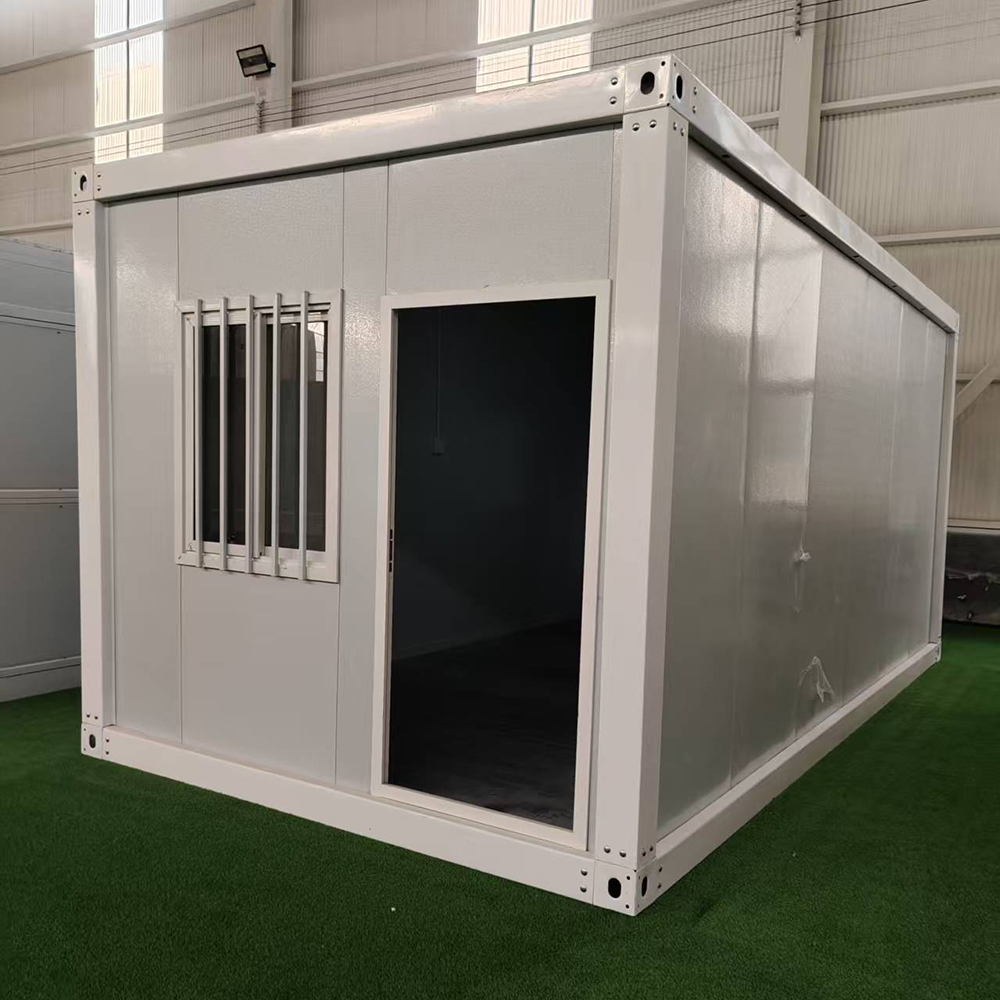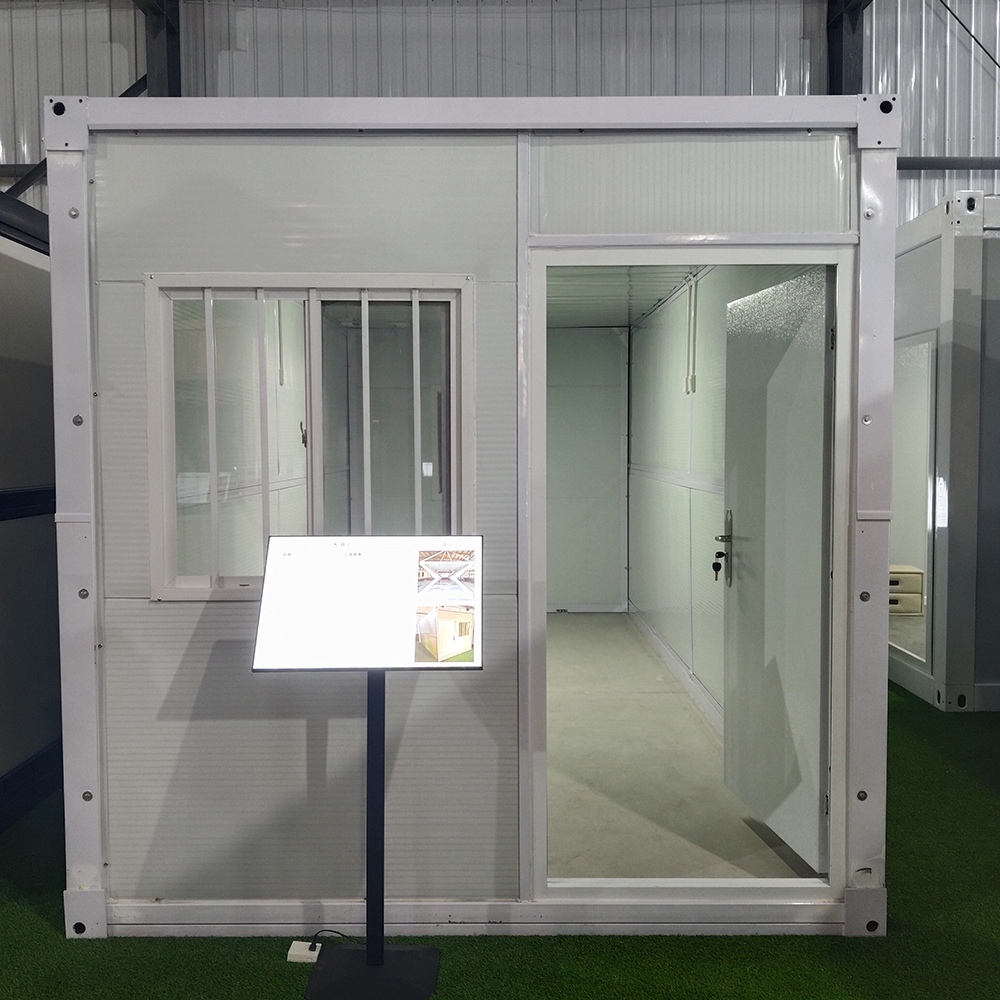-
ī-mēra
sales@jujiuhouse.com -
Waea
+86-17854044442
- English
- Chinese
- French
- German
- Portuguese
- Spanish
- Russian
- Japanese
- Korean
- Arabic
- Irish
- Greek
- Turkish
- Italian
- Danish
- Romanian
- Indonesian
- Czech
- Afrikaans
- Swedish
- Polish
- Basque
- Catalan
- Esperanto
- Hindi
- Lao
- Albanian
- Amharic
- Armenian
- Azerbaijani
- Belarusian
- Bengali
- Bosnian
- Bulgarian
- Cebuano
- Chichewa
- Corsican
- Croatian
- Dutch
- Estonian
- Filipino
- Finnish
- Frisian
- Galician
- Georgian
- Gujarati
- Haitian
- Hausa
- Hawaiian
- Hebrew
- Hmong
- Hungarian
- Icelandic
- Igbo
- Javanese
- Kannada
- Kazakh
- Khmer
- Kurdish
- Kyrgyz
- Latin
- Latvian
- Lithuanian
- Luxembou..
- Macedonian
- Malagasy
- Malay
- Malayalam
- Maltese
- Marathi
- Mongolian
- Burmese
- Nepali
- Norwegian
- Pashto
- Persian
- Punjabi
- Serbian
- Sesotho
- Sinhala
- Slovak
- Slovenian
- Somali
- Samoan
- Scots Gaelic
- Shona
- Sindhi
- Sundanese
- Swahili
- Tajik
- Tamil
- Telugu
- Thai
- Ukrainian
- Urdu
- Uzbek
- Vietnamese
- Welsh
- Xhosa
- Yiddish
- Yoruba
- Zulu
- Kinyarwanda
- Tatar
- Oriya
- Turkmen
- Uyghur

He pehea te whakakaha ake o nga whare ipu i mua i te oranga tonutanga?
2025-09-12
Ko nga kaainga ipu hanga-mua, e kiia ana he otinga whare hou, kei te kaha haere mo ratou te oranga tonutanga painga. Engari me pehea te whai waahi o enei hanganga ki te oranga tonutanga ake? He mea ngawari ki te mau ki nga mea rerehua me nga mea hou, engari he uara hohonu kei konei e tika ana kia ata tirohia. Kei raro nei, ka tirotirohia e matou etahi mohiotanga me nga wheako e whakaatu ana i o raatau paanga pono.

Kua Whakaitihia nga Parahanga Hanganga
Ko tetahi o nga tino painga o nga kaainga ipu hanga-mua ko te tino whakahekenga o nga ururua hanga. Ko nga tikanga hanga whare tuku iho ka nui te moumou rawa, engari ko te whakamahi i nga ipu kaipuke hei hanga matua ka whakakore i tenei take. I Shandong Jujiu Integrated Housing Co., Ltd., hei tauira, ko te tukanga katoa mai i te hoahoa tuatahi ki te whakaurunga whakamutunga ka whakatikahia hei whakaiti i te ururua. He rautaki whakaaro nui tenei, i whakanuia i roto i nga tau o te wheako mahi hei whakarite kia iti te paanga o te taiao.
Kei te maumahara ahau ki te toro atu ki tetahi waahi kei te hurihia he whare tuku iho hei waahanga ipu. He tino rereke te rereke: kaore he puranga o nga taonga kua makahia, kaore he rerenga mutunga o nga taraka tuku. He mahinga ma, he pai te whakahaere. Ko tenei momo tikanga ehara i te mea e whai hua ana ki te taiao engari ka whakaheke i nga utu, he toa-toa mo nga kaihanga me nga rangatira.
Heoi, ehara i te mea he wero. Ko te whakamahere tuatahi me whai whakaaro rereke, me te aro nui ki te tika me te tirohanga matakite, kaua ki te mahi ki nga taonga kei te ringaringa. Ko nga miihini me nga kaitoi e mahi ana i tenei mara he maha nga wa e tika ana ki te whakatikatika i ta raatau huarahi - he whakawhitinga he ahua whakamataku engari i te mutunga ka whai hua i roto i nga whiwhinga oranga nui.
Te Whakamahi Pungao Pai
I tua atu i te whakahekenga para, ka whiti nga kaainga ipu hanga-mua me te kaha o te kaha o te kaha. Ko te hoahoa taketake ka taea te whakauru i nga punaha whakamaarama hou me nga punaha hau. I te wa e mahi tahi ana me nga kamupene penei i a SHANDONG JUJIU INTEGRATED HOUSING CO, LTD (https://www.jujiuhouse.com), e marama ana ko te hoahoa mo te whai hua te kaupapa matua.
Ka maumahara ahau ki tetahi kaupapa i whakauruhia nga punaha atamai ki roto i nga waahanga ipu hei whakahaere i te pāmahana me te rama i runga i te noho me te wa o te ra. Ko te tino wikitoria ehara i te mea ko te whai kaha o te kaha engari ko te pupuri i te whakamarie me te ahua ataahua. Ko enei whakaurunga ka whakamatauria, ka whakamahinehia, ma te tuhi i nga raraunga tuuturu hei whakarite kia tutuki nga mahi ki nga whaainga pumau.
Ko tenei momo whakaaro hoahoa he maha nga wa ka uru ki te whakarereketanga o nga kaainga ipu, te whakauru i nga puna hiko whakahou penei i nga panui solar ki roto i te hanganga. He haerenga haere tonu o nga tikanga whakamahine hei turaki i nga rohe o nga mea ka taea, te hanga whare e mau tonu ana, e huatau ana.
Whakamahi Whenua Rauemi
Ka whai tohu ano nga kaainga ipu ma te arotau ki te whakamahi whenua. I runga i o raatau ahuatanga rereke, ka taea te taapiri me te whakarite ki nga whirihoranga kaore e taea e nga kaainga tawhito te whakatutuki. Ehara i te mea he mahi hangahanga noa—he whakautu whaitake ki te iti o te waahi whenua, ina koa ki nga taone nui. Ko nga kamupene penei i a Shandong Jujiu e whai ana ki te whakamahi i enei ahuatanga ki te tarai i nga wero whare o te ao.
Hei tauira, he kaupapa i roto i te waahi e noho nui ana te tangata he iti rawa te waahi. Ko te otinga he whirihoranga poutū e whakamahi tika ana i ia inihi o te mokowhiti i te wa e mau tonu ana te uru me te taumata noho. He mea nui tenei urutau ki nga rohe e tere ana te noho taone.
Heoi ano, ka tae mai nga mahi hou me nga arai. Ko te whakauru i enei hoahoa ki roto i nga whenua taone o naianei me whai whakaaro nui me te whai whakaaro ki nga hanganga ture. He kanikani uaua i waenga i nga mahi auaha me nga ture, engari ko tetahi e kaha ana ki te whakarereke i nga paanga hapori.
Te mauroa me te roa
Ko tetahi atu tohu ko te mauroa. I hangaia nga ipu tuku ki te tu i nga ahuatanga kino, ka waiho hei paraka hanga whare. Ka taea e tenei mauroa te whakamaori ki nga kaainga roa ake. Ina honoa ki nga tikanga hanga whare hou me nga mahi toi kounga mai i nga hinonga penei i a Shandong Jujiu, ka roa te roa o enei kaainga, ka whakaiti i te hiahia mo te whakahou me te hanga ano.
Kua hikoi ahau i roto i nga kaainga kua maha nga tau e whakamahia ana engari ko te ahua me te mahi me te mea i whakauruhia inanahi noa. He iti noa te tiaki, a, ka puta ake nga take, he maamaa tonu ki te whakatika na te ngawari o te hanganga o te ipu.
Engari, ko te whakarite i te roa o te oranga ehara i te mea mo te hanga tuatahi. He mea nui te tiaki me te urutau ki nga hangarau hou. Me noho nga tohunga ngaiotanga ki runga ake i nga ahuatanga me nga rawa ka puta ake, me te whakauru marie ki te whakaroa i te huringa ora o enei kaainga.

Rorohiko Tauwhiu me te Whakaputa
Ka mutu, i te wa e tirotirohia ana te oranga tonutanga, kaore e taea e te tangata te wareware ki nga mahi whakaurunga me nga mahi whakaputa. Ka whai hua nga whare ipu o mua i te hanga paerewa e whakanui ana i te pai. I Shandong Jujiu, ko te whakaurunga o te R&D, te whakaputa, me te hokonga e whakamaarama ana i nga mahi, te whakaheke i te taikaha me te whakarite i te mana o te kounga.
Ko te mahinga whakangao whakangao ka whakaiti i nga tukunga waka ka whakaritea ki nga mekameka tuku marara tuku iho. He huringa tino kaha ka piki ake i roto i te waa, ina koa i te tauine, e tohu ana ki tetahi tauira pumau mo te hanga whare.
Ehara i te mea kohakore — kei te mau tonu nga wero arorau, ina koa mo te toenga o te kounga me te tere. Engari ko nga painga he nui ke atu i nga ngoikoretanga, he whakatakoto i tetahi mahere whakamihi mo nga kaupapa oranga oranga mo nga ra kei te heke mai.










